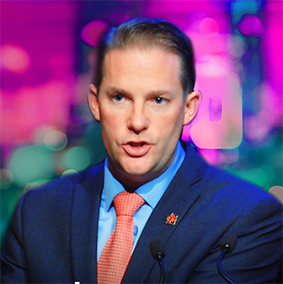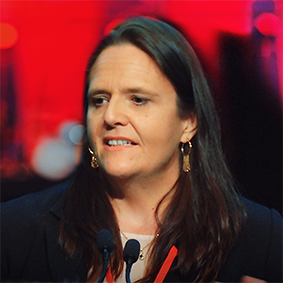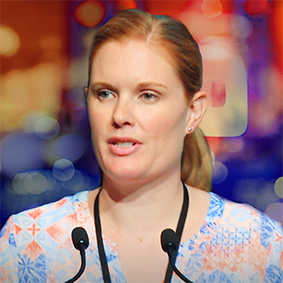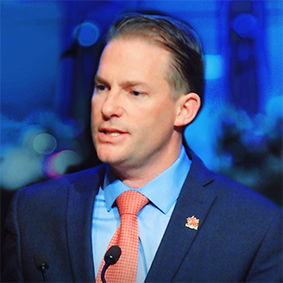ACCESS TALKS: HOW WE INCLUDE
Inclusive Education consultant and researcher Simona D’Alessio from Rome in Italy defines integration as simply placing students with disabilities into existing mainstream education systems, whereas Inclusion ensures full participation in learning and school life. Simona’s experience shows that in order to make regular schools and ordinary classrooms fully barriers to inclusivity, curricular rigidity and traditional teaching practices need to be firmly looked at
This transcript has been corrected and edited slightly for clarity.
An important step to take is to understand what the role of special schools, currently [operating] in Australia is, and of course, it’s very important to say that we need the expertise and staff knowledge [represented] in special schools in Australia today, as we need [it] in every part of the world. The only problem is that this expertise should be used to improve the capacity of the mainstream setting, rather than being something that is located in one special setting, one ‘special school.’ So special schools called [inaudible] which are [trans]formed into resource centres, that help local state schools, or the local mainstream school, to become more inclusive.
The [centres] can support the local school in different ways. They could support the school for example, by using/sharing materials–including IT–when it is needed, or special resource aides that could be shared across the school whenever those materials are needed. They can provide teacher training, they can provide training for parents–so they know what to do when their children are at home, and they can provide support, for example, as a link, with medical services, or health services, whenever they are required. t’s very important that that doesn’t get lost.
Another important thing is for school and learning to cooperate with other schools; school-to-school cooperation; clusters of schools working together, maybe together with the support of special schools, that have become their centre of excellence, [this] is something that we are looking into, in Italy as well, to develop a better system of inclusion.
Last updated August 24, 2018
- What’s been involved in ensuring your daughter is well included, Marion Trabe: Family Advocacy Parent. [opens external tab: You Tube]
- Use of a teacher’s aide, Gina Wilson Burns: Family Advocacy parent. [opens external tab YouTube]
ALSO IN THIS SECTION:

Planning & Implementation of an Inclusive Education System: Jody Carr former Minister of education New Brunswick, Canada

Don’t Mistake Integration for Inclusion: Dr Simona D’Alessio UCL Institute of Education, Italy
MORE ACCESS TALKS:

WHAT IS INCLUSION
The promotion, adoption and implementation of inclusive practices, which involves changing policies, practices and attitudes within schools.

TEACHER IMPACT
All classroom teachers have a role in creating schools & learning environments where all children can learn and feel they belong.

WHY INCLUDE
High quality education & supports enable all students to acquire success in their education and is the basis of an inclusive life and society.

AUSTRALIAN EXPERIENCE
Exemplar inclusive educational practices are happening in Australia. See the possibility and potential of inclusion here and now.

CHANGING MINDSETS
Whole school transformation requires courage, leadership & honest reflection to identify the need for change and set about making it happen.
NOW EXPLORE ACCESS READS

WHAT IS INCLUSION
The promotion, adoption and implementation of inclusive practices, which involves changing policies, practices and attitudes within schools.

HOW WE INCLUDE
Inclusive classrooms and schools embrace universal design as the foundation for cultivating inclusive attitudes and practices.

CHANGING MINDSETS
Bringing about change one mind at a time is integral to improving the lives of people with disability.

AUSTRALIAN EXPERIENCE
Exemplar inclusive educational practices are happening in Australia. See the possibility and potential of Inclusion here and now.

WHY INCLUDE
All children have the right to be included, to be represented in, to have access to and to receive high-quality education and supports.

TEACHER IMPACT
All classroom teachers have a role in creating schools & learning environments where all children can learn and feel they belong.
A FAMILY ADVOCACY INITIATIVE
This site is edited and maintained by the Advocacy Leadership and Development team.
Image attributions: photos supplied and screen shots from Access Symposium videos.




